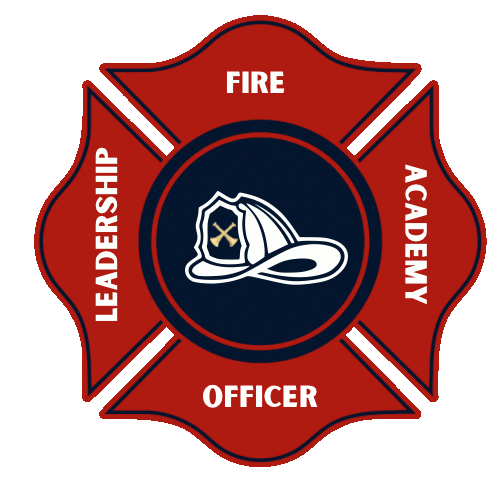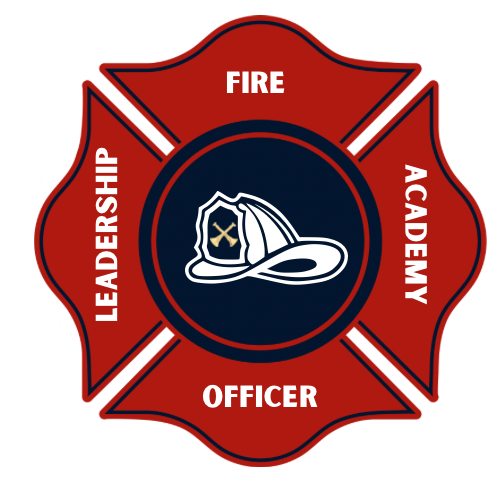On June 28, 1863, just days before the Battle of Gettysburg, Major General George G. Meade was abruptly awakened and informed that he was now in command of the Union Army of the Potomac. The previous commander, Major General Joseph “Fighting Joe” Hooker, had submitted a letter of resignation to President Abraham Lincoln and General of the Union Army Henry Halleck.
Meade faced an immense leadership challenge. He had little knowledge of his army’s full disposition, no clear intelligence on the Confederate movements, and only days to prepare for what would become one of the most pivotal battles in American history.
Despite these circumstances, Meade adapted quickly. He assessed the situation, organized his forces, and positioned the Army of the Potomac, leading to the Union’s eventual victory. His ability to remain calm, take decisive action, and focus on the mission rather than personal conflict is a leadership lesson that still applies today.
Effective leaders do not wait for the perfect circumstances; they step up, make tough decisions, and take responsibility, even under pressure. Meade’s leadership at Gettysburg underscores the importance of resilience, adaptability, and commitment to duty.

